In this blog, I want to talk about the quaint little Tuapeka Mouth Punt which is the last of its kind to still be in commercial operation in the world.
PUNT: (noun) a long, narrow flat-bottomed boat, square at both ends and propelled with a long pole, used on inland waters chiefly for recreation.
LAND OF FERRIES
Because the three islands of New Zealand are crisscrossed by harbours and rivers, it is no surprise that ferries of various shapes and sizes are used to transport people over these bodies of water.
The inter-island ferries that connect the North and South Islands across one of the world’s wildest stretches of sea in Cook Strait, are of ocean going size, carrying trains, trucks, cars and thousands of passengers at a time.
At the bottom of New Zealand, a modern catamaran is used to ferry passengers across another wild stretch of water known as Foveaux Strait, to Stewart Island.
The numerous commuter ferries that carry thousands of passengers across Auckland harbour every day are modern, fast and frequent. These vessels are what most people would expect commuter ferries to be like in size and shape.
Dropping down in size, the Opua Car Ferry in the Bay of Islands carries a handful of cars at a time across a narrow body of water between Paihia and Russell, the two main towns in this popular holiday region. The ferry crossing saves around 20 minutes on the drive along the narrow, winding road between the towns. When I was a small boy, my parents took me and my sister on a holiday to this region and I still remember the long wait to catch the ferry. Onboard, we had to remain in the car as there was no room to open the door to get out. That was how jammed in the cars were on the short crossing.
RESTORED FERRY
After a $500.000 restoration, the 112 year old Otago Harbour Ferry Elsie Evans was recently launched and is awaiting approval to again carry passengers across picturesque Otago Harbour. It is the only vessel of its kind in Australasia and with increasing traffic on city roads, the time has returned for water transport to come into its own again on this harbour. The tourist market is also a target for this lovely little boat.
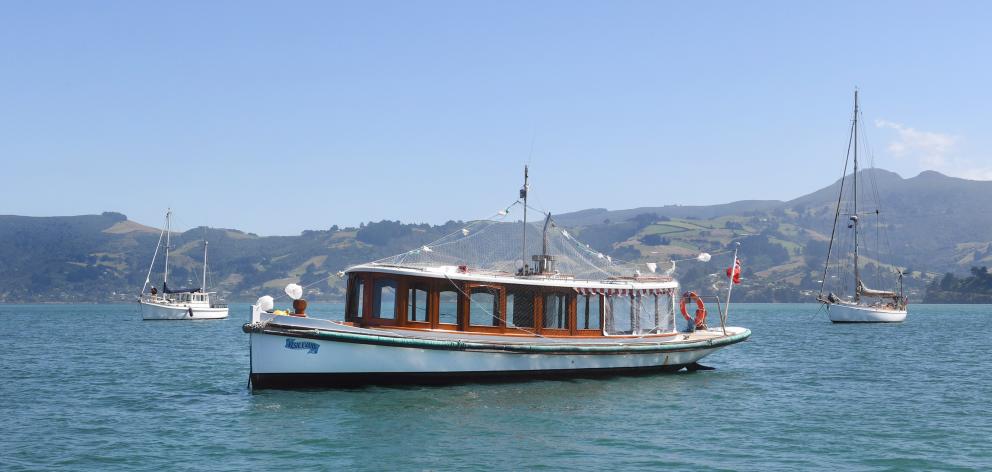 Otago Harbour Ferry Elsie Evans
Otago Harbour Ferry Elsie Evans
TUAPEKA HISTORY
Now back to the southern hemisphere’s smallest ferry..
Tuapeka Mouth is located at the junction of the Clutha and Tuapeka Rivers about halfway between the Otago towns of Balclutha and Lawrence in South Otago. Until 1939, the little settlement was an inland port for paddle wheel steamers to and from Balclutha. Following the gold rush at Lawrence in 1861 crowds of miners worked all the way down the Tuapeka River to Tuapeka Mouth in search of gold. As late as 1945 the Tuapeka Mouth Goldmining Company still employed a few men. Today, the area remains a less common way to get to Central Otago from the coast.
TUAPEKA MOUTH PUNT
In the 1890s, local residents successfully petitioned the Tuapeka County Council for a public punt at Tuapeka Mouth. Tenders were called in August 1895, and the contract let for £333. On the 22nd February 1896, the Tuapeka Mouth Punt carried its first load across the Clutha River. The little punt consisted of a platform on two wooden boats. Initial rates were 6d for passengers and horses, with a sliding scale for various numbers of sheep, and 3d a head for cattle. After the first month of operation, the punt had ferried 336 passengers and 255 horses, as well as an unknown number of wagons across the dangerous river.
MODE OF TRACTION
The unusual little vehicle is one of the last surviving reaction cable ferries in the world. A typical reaction ferry consists of two pontoons with a wooden deck bridging them. They usually have overhead cables suspended from structures anchored on either bank of the river. A ‘traveller’ is installed on the cable and the ferry is attached to the traveller by a bridle cable (The cable prevents the ferry from being pushed downstream). The bridle cable is adjusted to angle the pontoons into the current, causing the force of the current to move the ferry across the river. The rudder at the forward end of the ferry turns the ferry at an angle to the current. A simple wooden ramp on each side of the river provides a docking area for the ferry to load vehicles and passengers.
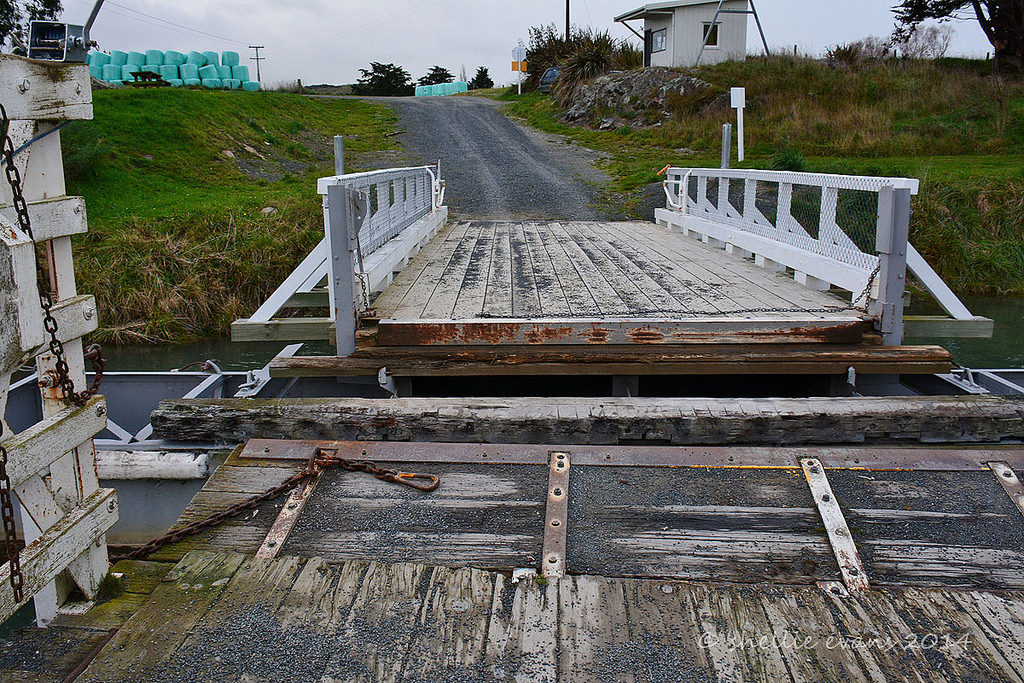 Onboard the Tuapeka Point Punt
Onboard the Tuapeka Point Punt
WATER DANGERS
Before the introduction of the punt, settlers had to row across the fast flowing river in flimsy little boats. At that time, many people drowned in the country’s wild rivers. In fact, drowning became known as ‘the New Zealand death’. By the 1880s many settlements had been established beside suitable river crossings so local councils began providing punts and ferry services to allow settlers a safer way to cross the country’s rivers to develop more land. Flowing for 338 km (210 miles) the Clutha River is the longest river in the South Island and the fastest flowing in New Zealand so it was a particularly formidable barrier.
PUNT UPGRADES
In 1908, major repairs were made to the Tuapeka Punt with the original boats being replaced with larger ones and the decking was lengthened. In February 1915 the Waiau River at Tuatapere in Southland was bridged and the punt there became available. It was dismantled and railed to Balclutha and taken by a steamer to Tuapeka Mouth. This replacement punt had twin iron-hulled boats and is substantially the same craft still in use today.
The Tuapeka Mouth Ferry and jetty site is of special significance as the sole remnant of what was once a network of 25 punt sites up and down the Clutha River and it is now thought to be the only punt of its kind still in commercial operation in the world. It takes just 4 minutes for the unique little craft to make the 130 metre crossing. I have been on this punt on a few occasions and at the time a phone was positioned at both ramps. It was a matter of calling the ferryman who lived in a small house close by. He would amble down to the punt and take the waiting passengers and one or two cars across the river. There was a memorable tranquility on the crossing as the water flowed silently past us. It was a unique experience that was over all too quickly.
Today, the Tuapeka Mouth Punt operates for two hours each morning and another two hours late afternoon, mainly as a tourist attraction, but farmers also continue to use the water crossing to shorten their trip to the services in Balclutha.
Ceidrik Heward
Ceidrik Heward is an Amazon TOP SELLING AUTHOR and has lived and worked in 7 countries working as a TV cameraman, director and film tutor. For the past 17 years he has focused on writing and has been published in magazines and newspapers in Europe, USA, Asia and the Middle East.
His interests include photography, psychology and metaphysics. He loves to read and always has at least 3 books on the go. He has written 22 manuals/books and has just completed his 4th short novel. Ceidrik believes sharing information and stories is the best way to stimulate the imagination and enrich our lives.
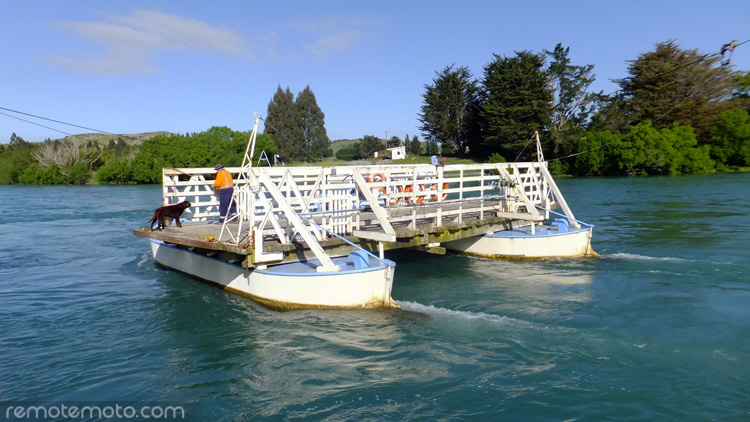
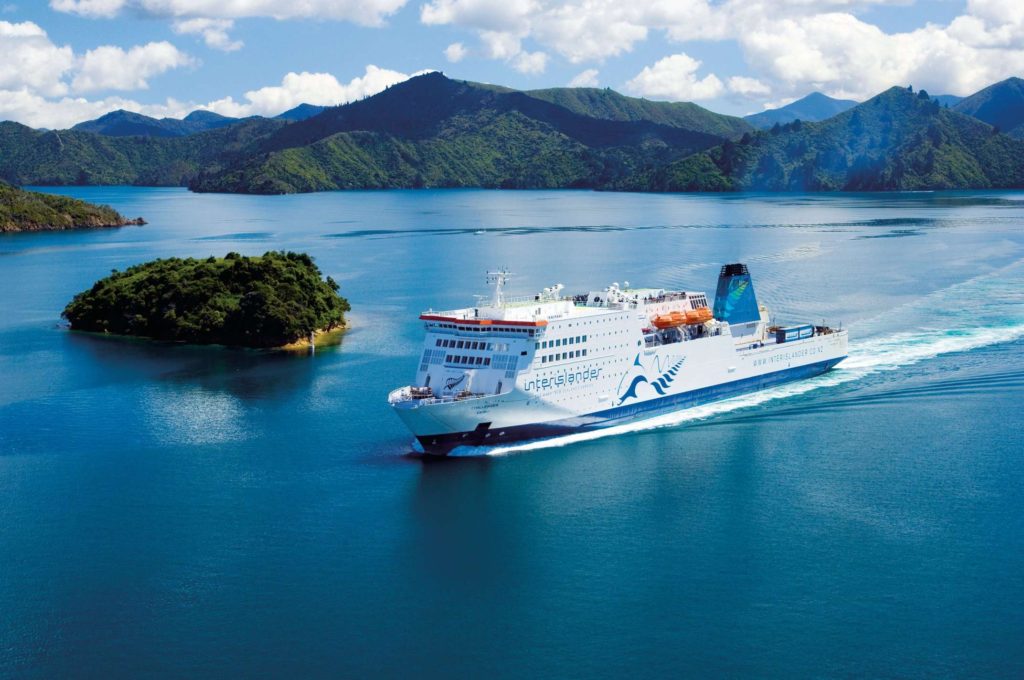

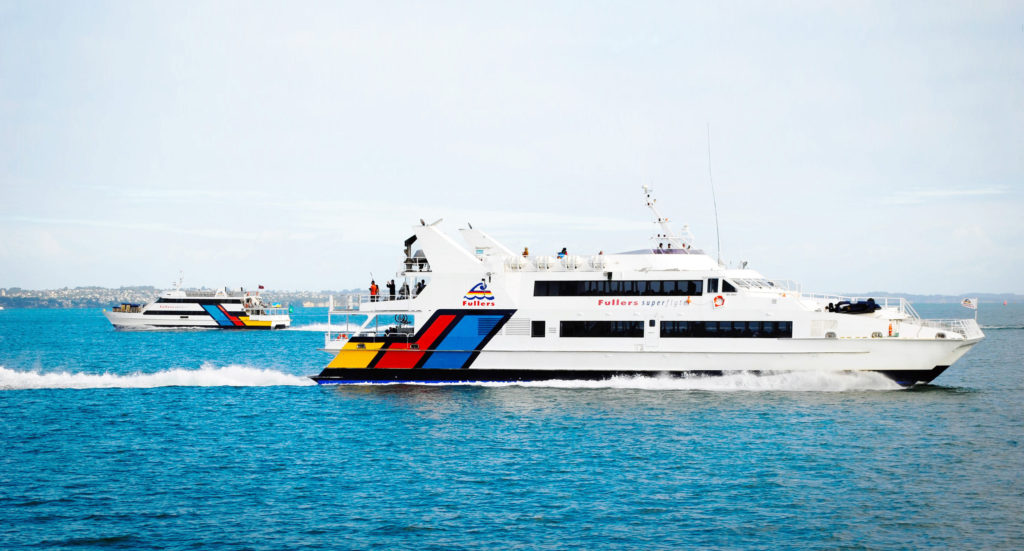

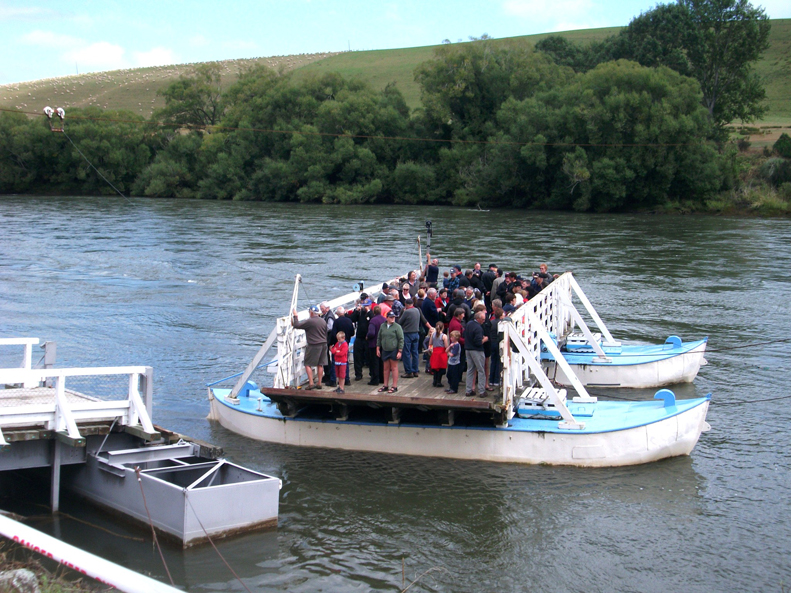






















 Visit Today : 307
Visit Today : 307 Total Visit : 1074962
Total Visit : 1074962
Speak Your Mind